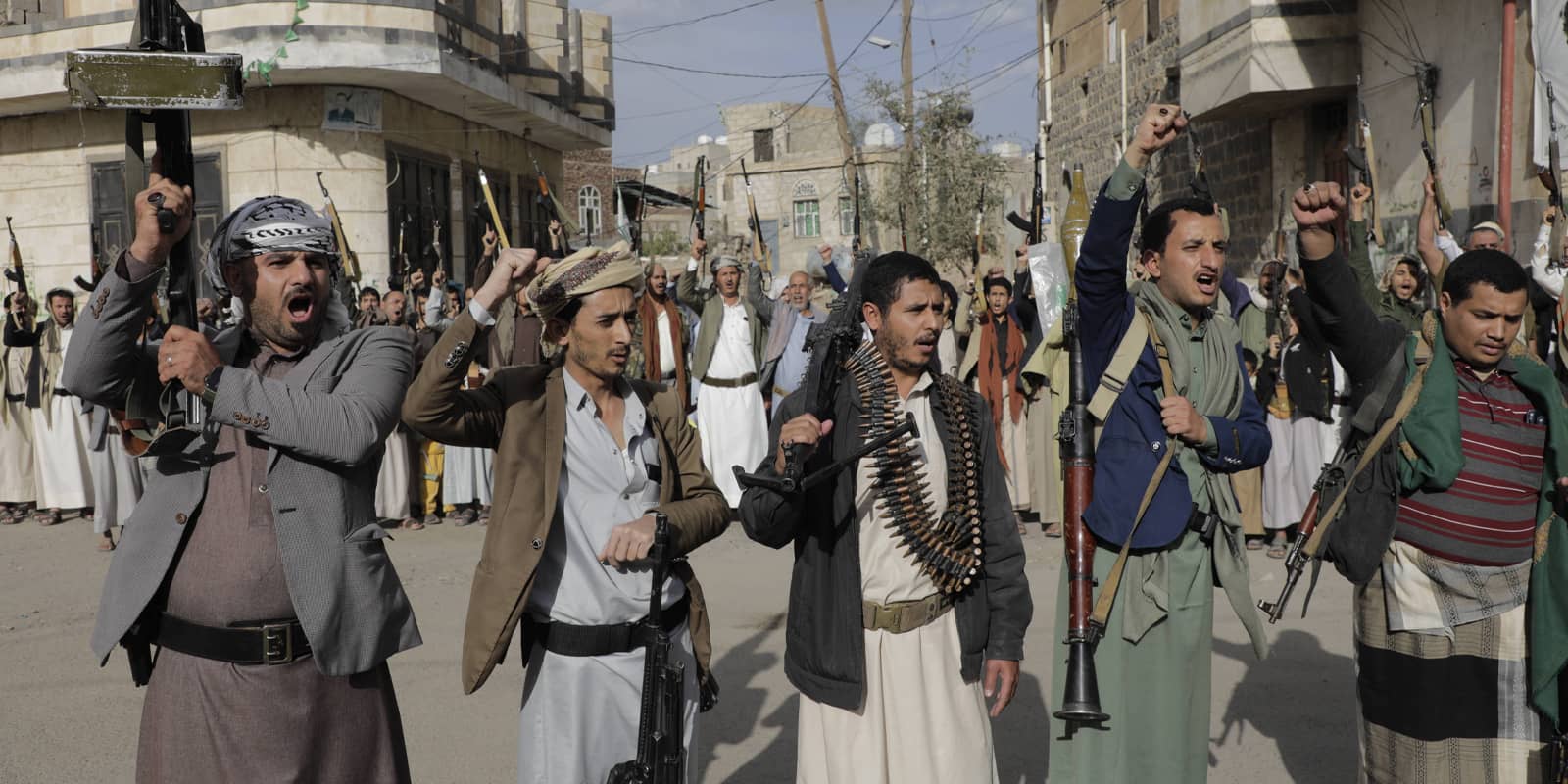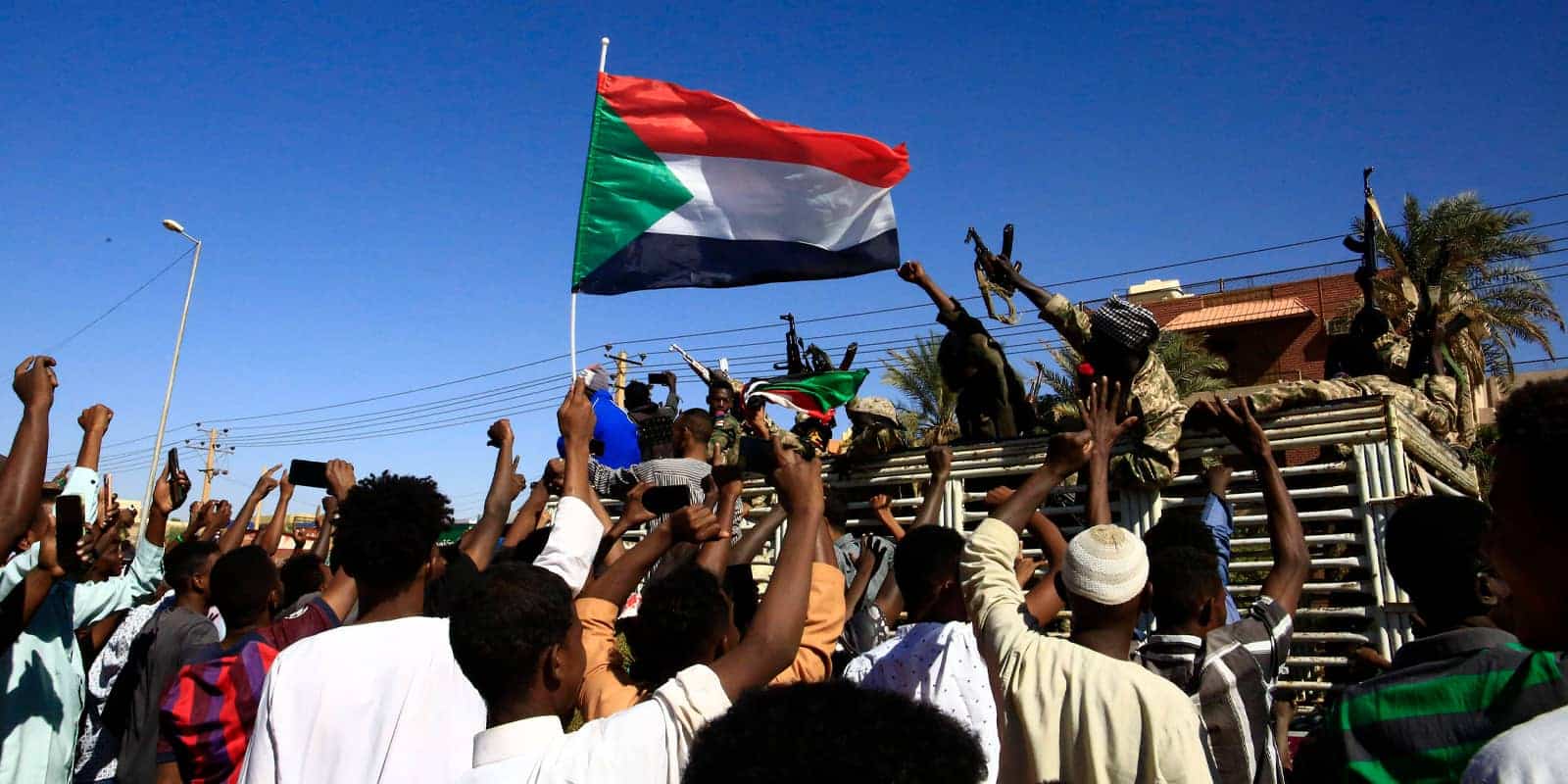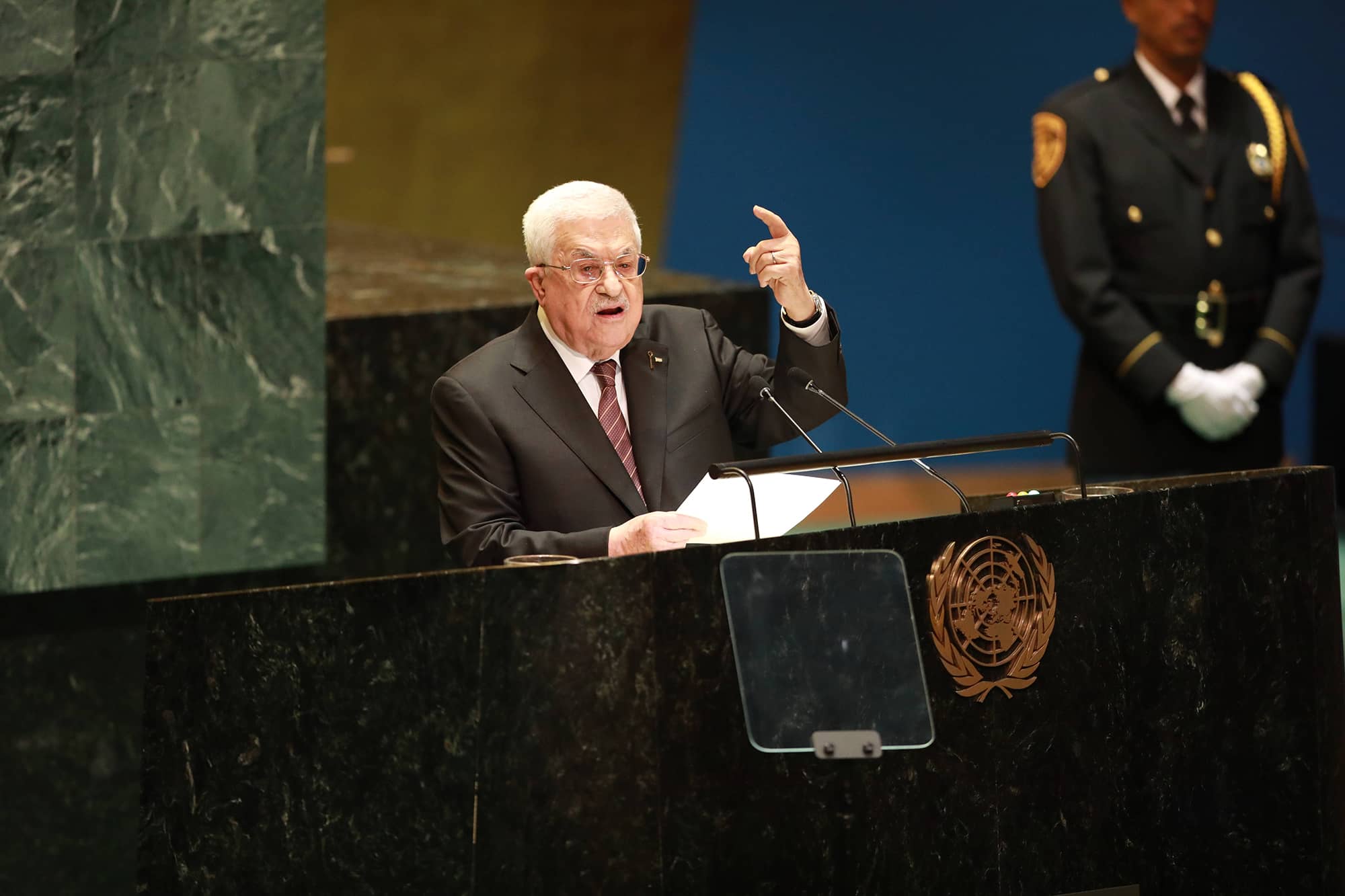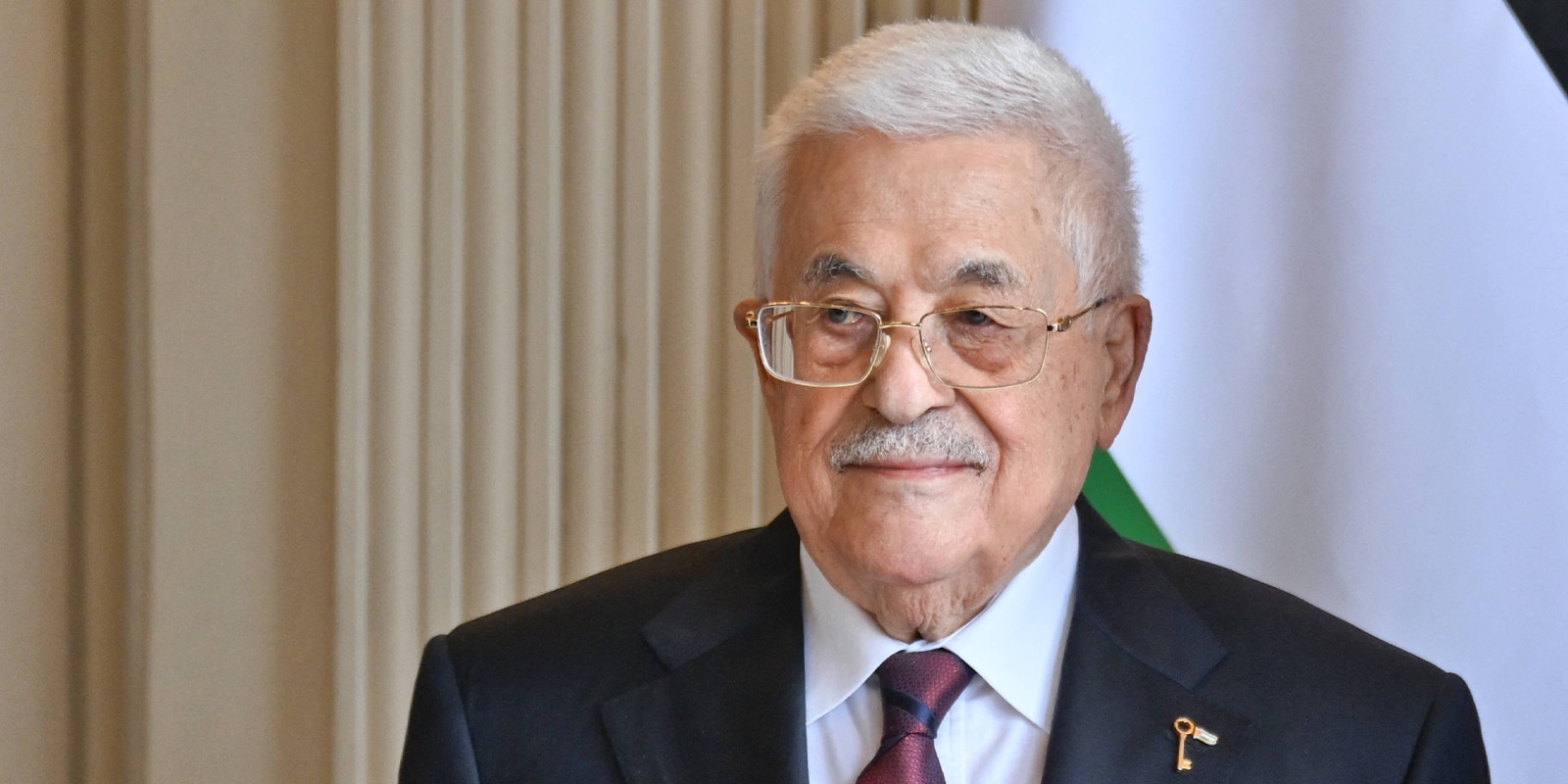Introduction
The Coordinator of Government Activities in the Territories (COGAT), a unit operating under the Ministry of Defense, is a textbook example of what happens when a government body is shaped by competing agendas—like the well-known joke that a camel is a horse redesigned by committee. Since its establishment following the 1967 Six-Day War, the unit has evolved without a clear strategic vision, attempting to bridge complex policy dilemmas without resolving them. This article closely examines the development of COGAT, its functions, its failures, and the implications of its activities on the security and civilian reality in Judea and Samaria and the Gaza Strip. It focuses specifically on COGAT’s problematic impact on the IDF’s operational efforts during the “Swords of Iron” war, especially concerning civilian issues—an aspect that was, and remains, critical to achieving the war’s objectives. We argue that the time has come to dismantle the unit and replace it with a streamlined, focused and impartial structure, informed by a review of its history, structure, and long-term impact.
Historical Background
The Six-Day War reshaped the Middle East and transformed Israel’s strategic posture. The swift and unexpected victory brought vast territories under Israeli control: Judea and Samaria, the Gaza Strip, the Sinai Peninsula and the Golan Heights. The military success gave rise to an unprecedented political and administrative dilemma: how to govern the newly acquired territories and their sizeable population. To address this, a body was created to coordinate civil affairs in the administered territories. This body eventually became a permanent unit within the Ministry of Defense and was given the name “Coordinator of Government Activities in the Territories”—or COGAT for short. Its primary role was to oversee the implementation of Israel’s civil policy and security coordination in Judea and Samaria and the Gaza Strip, areas to which Israeli law was never formally applied.
COGAT was tasked with complex responsibilities: providing essential services such as education, healthcare, and infrastructure while maintaining security and military control. It functioned as a bridge between the military, the government, and the local population. However, it lacked a clear strategic directive. As a result, decisions were sometimes driven by short-term considerations, leading to inconsistent policy.
The first significant change to COGAT’s structure came in the early 1980s, after the peace accords with Egypt. A decision was made to separate civil and military functions, leading to the establishment of the Civil Administration, which assumed responsibility for civilian matters. The military government, however, remained under the authority of the regional commands (Central and Southern). The Civil Administration, based in Beit El, near Ramallah, became the main body managing civilian affairs in Judea and Samaria, while the Gaza District Coordination Office operated within the military administration in Gaza City, and after the Oslo Accords, from a military facility near the Erez Crossing up until October 7, 2023.
Following the 1993 Oslo Accords, a new unit, the Security Coordination Headquarters, known by its Hebrew acronym ‘Mavtash’, was established to coordinate between Israeli security forces and their Palestinian counterparts. However, in the wake of Operation Defensive Shield launched in 2002, when Israel resumed security control over Palestinian Authority territories in Judea and Samaria, the unit was disbanded in January 2003 and reabsorbed into COGAT.
Over time, COGAT became the central authority overseeing all aspects of civilian life in Judea and Samaria and the Gaza Strip. It administered permits to work in Israel, trade licenses, economic activities and transit permits. In effect, nearly all civilian activity in these areas was subject to COGAT’s approval, giving it enormous influence over the daily lives of millions of residents.
COGAT was also responsible for coordination with international actors, including aid organizations and NGOs, and for managing humanitarian aid entering the territories. Its responsibilities extended to oversight of infrastructures such as electricity, water and communications, as well as population registry, and education and health systems. This sweeping control made COGAT an all-powerful body, but also exposed it to criticism for excessive bureaucracy, lack of transparency, and at times decisions that did not align with Israel’s national interest.
Policy Failures: COGAT and the Oslo Accords
COGAT’s involvement in the Oslo Accords process during the 1990s led to some of the most significant failures in its history. Direct engagement with representatives of the Palestinian Authority, known as “counterparts,” created confusion among COGAT personnel. Constant engagement with the Palestinian political echelon resulted in the advancement of policies that, in retrospect, appear fundamentally flawed. Examples include:
- The Jenin Trade Hub: COGAT promoted Jenin as a commercial center in the northern West Bank, encouraging Arab citizens of Israel to do business there. This initiative contradicted regulations prohibiting Israeli entry into Area A and introduced unnecessary security risks.[1]
- Gazan Labor and Family Visits: COGAT lobbied for Gazan workers to be allowed into Israel and for permitting family visits to Palestinian prisoners in Israeli jails. These measures proved dangerous, as some laborers and prison visitors were exploited by terrorist organizations.
- Neglect of Security Risks: COGAT tended to focus on civilian and economic aspects while at times disregarding security consequences—based on the assumption that security agencies, especially the Shin Bet, would impose the necessary restrictions. These failures stemmed from the absence of a coherent strategy, poor inter-agency coordination, and an overreliance on economic improvement as a means of ensuring calm and generating internal Palestinian resistance to terrorism.
As a body acting as an intermediary between Israeli policy and the Palestinian Authority, COGAT often came to be seen as promoting controversial policies whose benefit to Israel’s national interest was questionable.
The “Swords of Iron” War
When the “Swords of Iron” war began in October 2023, COGAT appeared to be undergoing a moment of reckoning. The brutal Hamas massacre of October 7—including the attack on the Coordination and Liaison Office near the Erez Crossing, the murder and abduction of unit personnel, and the theft of documents and hardware—exposed the failings of the existing policy. These grave events sparked expectations that COGAT would conduct a serious internal reckoning and change course.
Yet as the war progressed, COGAT opposed every attempt to impose a military administration in the Gaza Strip, portraying such a move as “impossible” so as to dissuade decision makers. It resisted alternatives, such as establishing a task force to oversee civilian efforts, and continued to push for the flow of humanitarian aid into Gaza, some of which ultimately reached Hamas.
Throughout the war, Southern Command repeatedly requested the creation of a task force to oversee the civilian effort and synchronize it with military operations. COGAT opposed these requests and appealed directly to the Chief of Staff at the time to reject Southern Command’s demand, seeking to keep control over the civilian sphere in its hands. Chief of Staff Herzi Halevi ruled that COGAT would lead the civilian effort in coordination with Southern Command—a convoluted arrangement that, in our view, had no chance of success and ran counter to the IDF’s basic principles of command and control.
It must be remembered that while the Americans pushed for aid to enter Gaza, they did not dictate the method of its distribution. The lack of synchronization between the military and civilian efforts, and the decision to leave the civilian file in COGAT’s hands led to aid being seized by Hamas, which used it to strengthen its grip on the population and rehabilitate its military capabilities.
What Now?
COGAT has evolved over the years into a body plagued by structural and conceptual flaws, as was made evident during the “Swords of Iron” war:
- Lack of Strategic Vision: Originally created as a temporary solution, COGAT became a permanent body without long-term planning. Its decisions were often driven by short-term considerations, leading to unintended consequences.
- Excessive Identification (Socialization) with the Palestinians: At times, COGAT has appeared to function as a representative of the Palestinian Authority, repeatedly advocating for concessions and easing of restrictions, even in the face of ongoing security violations. It has sought to minimize the impact of events on the PA and to explain away the conduct of its leadership.
- Cumbersome Bureaucracy: COGAT’s complex structure, including the Civil Administration and various coordination and liaison offices, has made processes slow and convoluted.
- Poor Coordination with Security Agencies: COGAT tends to focus on civilian affairs while sometimes overlooking operational and security implications. This was evident in the Jenin trade hub and in the unit’s policies toward Gaza.
- Excessive Political Influence: Constant engagement with foreign actors, including the Palestinian Authority and international organizations, has at times led COGAT to promote agendas that are not aligned with Israel’s interests.
Most concerning is COGAT’s involvement in operational-level discussions within the General Staff and even at the regional command level, where it has often been seen as representing Palestinian interests.
Given these failures, we believe the time has come to reconsider how civil affairs with the Palestinians in Judea and Samaria and Gaza are managed, including replacing COGAT with a civilian body. At the national-strategic level, such a body must be grounded in long-term planning, with a clear separation between military-operational and civilian spheres, alongside coordination mechanisms designed to advance Israel’s interests. It must operate transparently, under close oversight by senior political decision makers. In effect, this process has already begun, with authority over Jewish residents of Judea and Samaria transferred from the Civil Administration to a new Defense Ministry subunit. The administration of Jewish communities and Israeli citizens in Judea and Samaria has already shifted to the Ministry of Defense, and in matters such as construction and development in those communities, marked improvement is evident. However, civilian affairs related to the Palestinian population there continue to be handled by the Civil Administration, under Central Command.
As for the Gaza Strip, a dedicated military task force should be established under Southern Command to administer the military administration that will inevitably need to be formed and to manage the delivery of civilian aid. This would enable Southern Command to synchronize its operational and civilian efforts—including the processing of Palestinians seeking to leave the Strip. Changes are also needed within the Ministry of Defense, at the level of planning and oversight. A new migration directorate has been established and could be expanded to include responsibility for managing civilian aid to Gaza. In any case, in light of its wartime performance, COGAT must be dismantled to enable synchronized operations in line with the IDF’s command and control principles.
This is not a predetermined conclusion. Rather, it is a proposal meant to encourage deliberation among decision makers and lead to the creation of a body suited to Israel’s evolving security needs.
Conclusion
COGAT is the product of temporary decisions that became permanent, decisions that were made without long-term planning or strategic vision. Over the years, its operations and the process of socialization that it has undergone have at times made it seem as if it were a representative of the Palestinians and the Palestinian Authority in their dealings with Israeli decision makers. This dynamic has exposed structural, political and security flaws that have negatively affected Israeli interests and realities on the ground in Judea and Samaria and the Gaza Strip. The “Swords of Iron” war highlighted the urgent need for change, yet COGAT has continued to function as it has in the past, resisting necessary alternatives. Dismantling the unit and establishing a new body within the Ministry of Defense—limited strictly to civilian affairs and guided by a clear vision and defined goals—is essential for ensuring effective and secure governance in both arenas. This reform will require political and military courage, but it is critical to Israel’s future.
[1] Channel 14, “Report on COGAT Activities Prior to October 7, 2023,” aired on May 17, 2025.
JISS Policy Papers are published through the generosity of the Greg Rosshandler Family.
Photo: IMAGO / ZUMA Press Wire / Nir Alon
















